The Department of Emergency Management and Regional Security (EMRS) encourages residents to be prepared for severe weather. In Cook County, the most common severe weather hazards residents may experience include thunderstorms, lightning, tornadoes, wind, flooding, and power outages. Regardless of the weather emergency, it’s always a great idea to prepare ahead of time. In order to make you, your family, and home safer during weather emergencies or any disaster, have plans and supplies in place to ensure safety and aid in recovery.
Receiving timely information of pending severe weather can make all the difference in seeking shelter and remaining safe. Visit www.ready.gov/alerts to better understand the reliable systems that public safety officials use for timely notification. Also, text “alertcook” to 888-777 to sign-up for emergency alerts that come directly from your Cook County public safety team.
Although weather forecasts can help us stay informed and take preparedness actions, severe weather can also strike without warning. In times like these, your family and loved ones may not be together. Know how you’ll contact one another and reconnect if separated. Establish a family meeting place that’s familiar and easy to find. A Family Communication Plan is a great place to start and help with creating one can be found at www.ready.gov/plan.
After a severe weather event, there may be power outages or impassable roads that prevent you from accessing stores or utilizing appliances to prepare meals. A disaster supply kit is a collection of basic items that your household needs to survive for at least 72 hours in the event of an emergency. Visit www.ready.gov/kit for more information on how to build a disaster supply kit.
To learn more about each severe weather hazard and increase your preparedness, please see the information provided below.
Floods
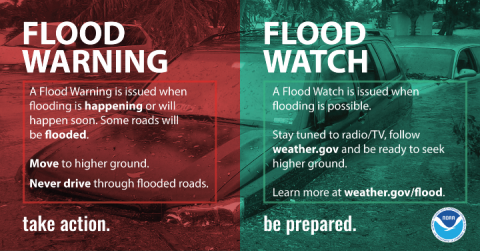
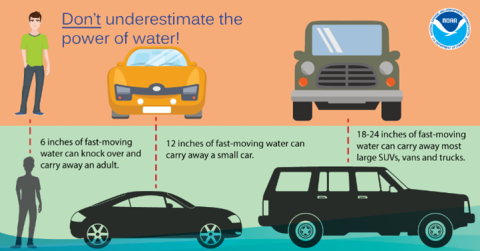
Thunderstorms
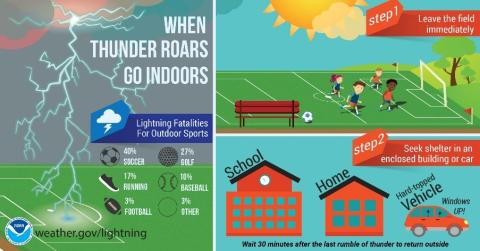
Tornadoes
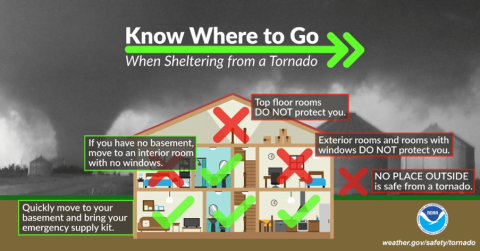
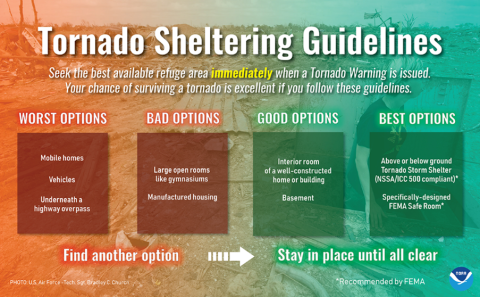
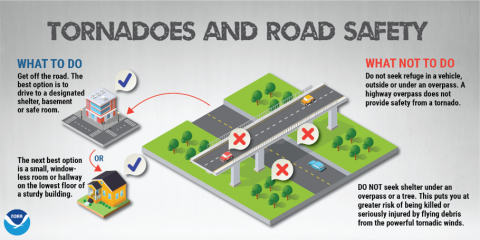
Power Outages
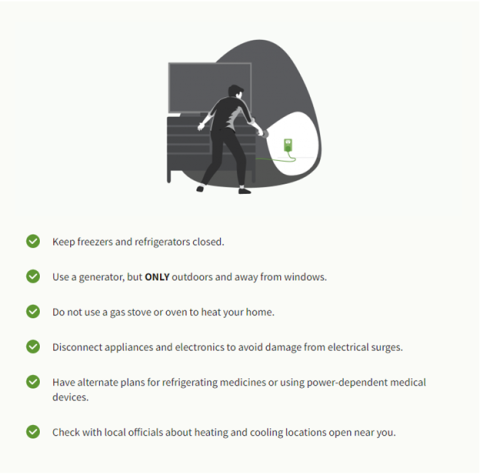
To view current weather conditions and alerts, please visit the National Weather Service's website.
